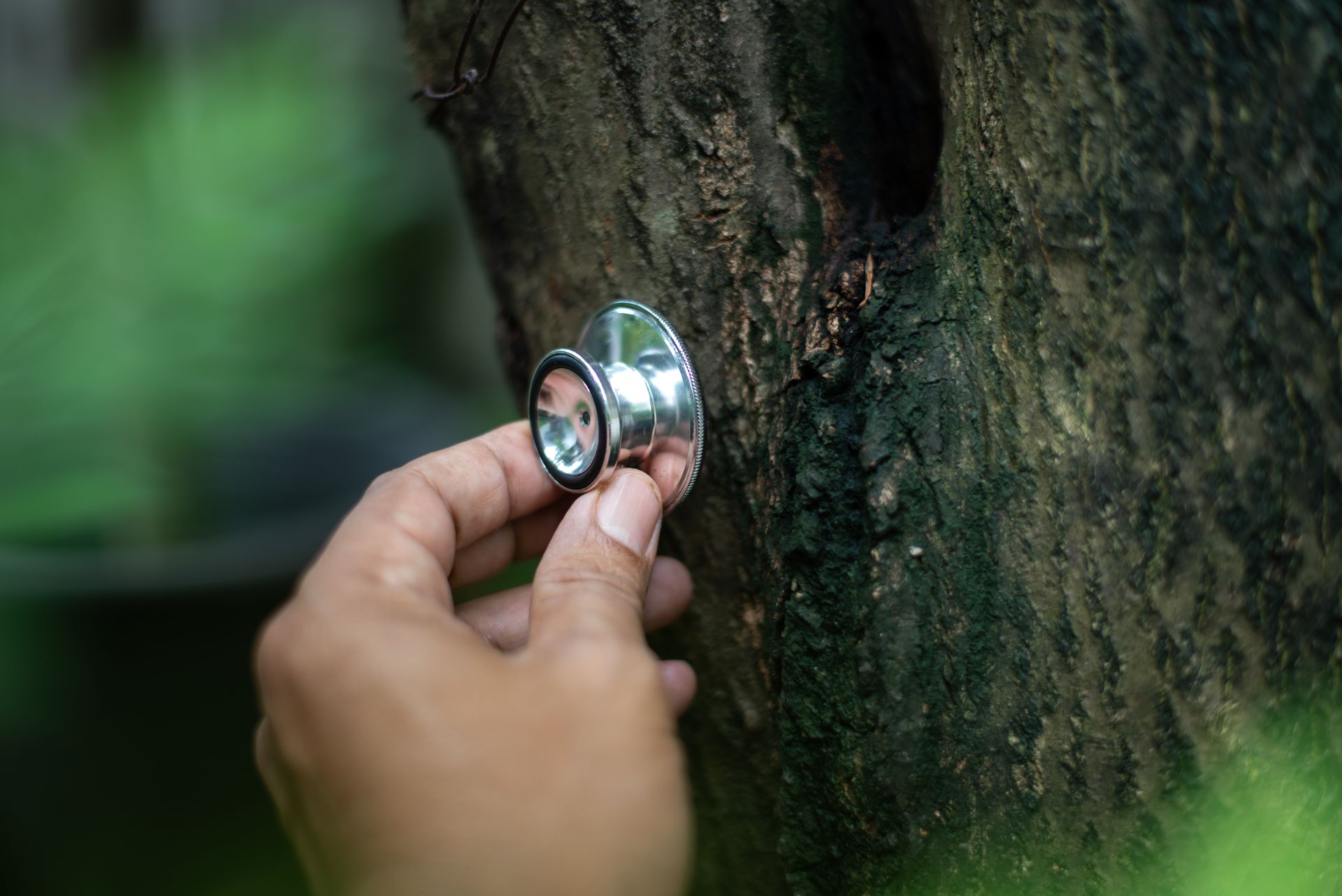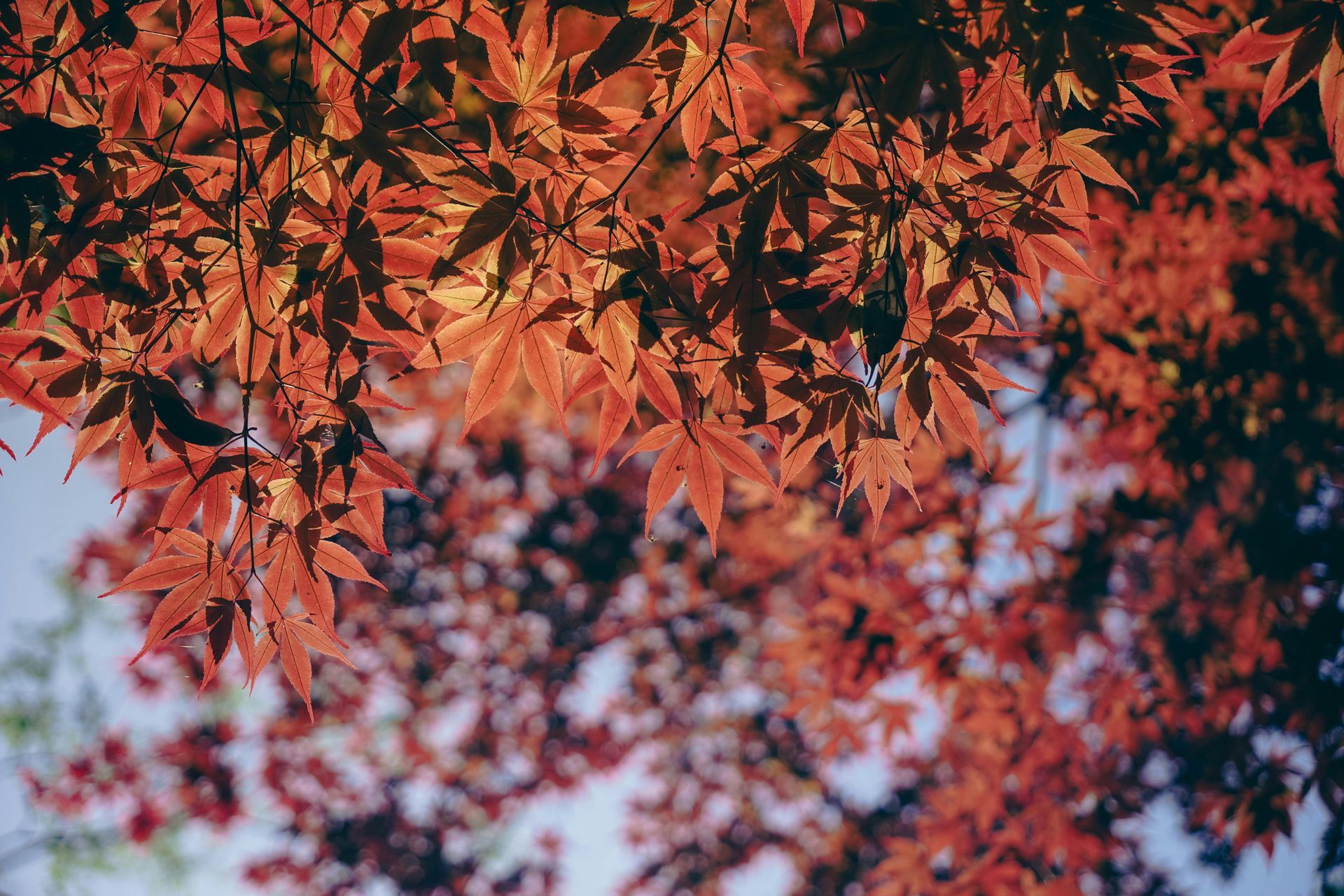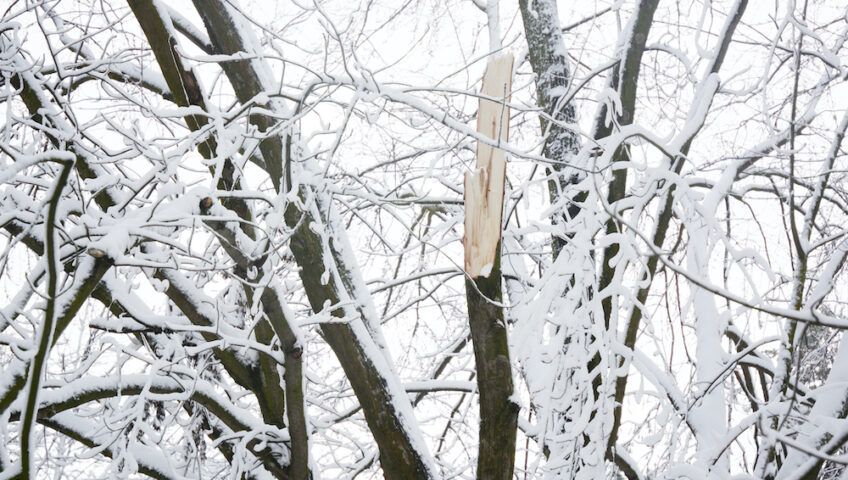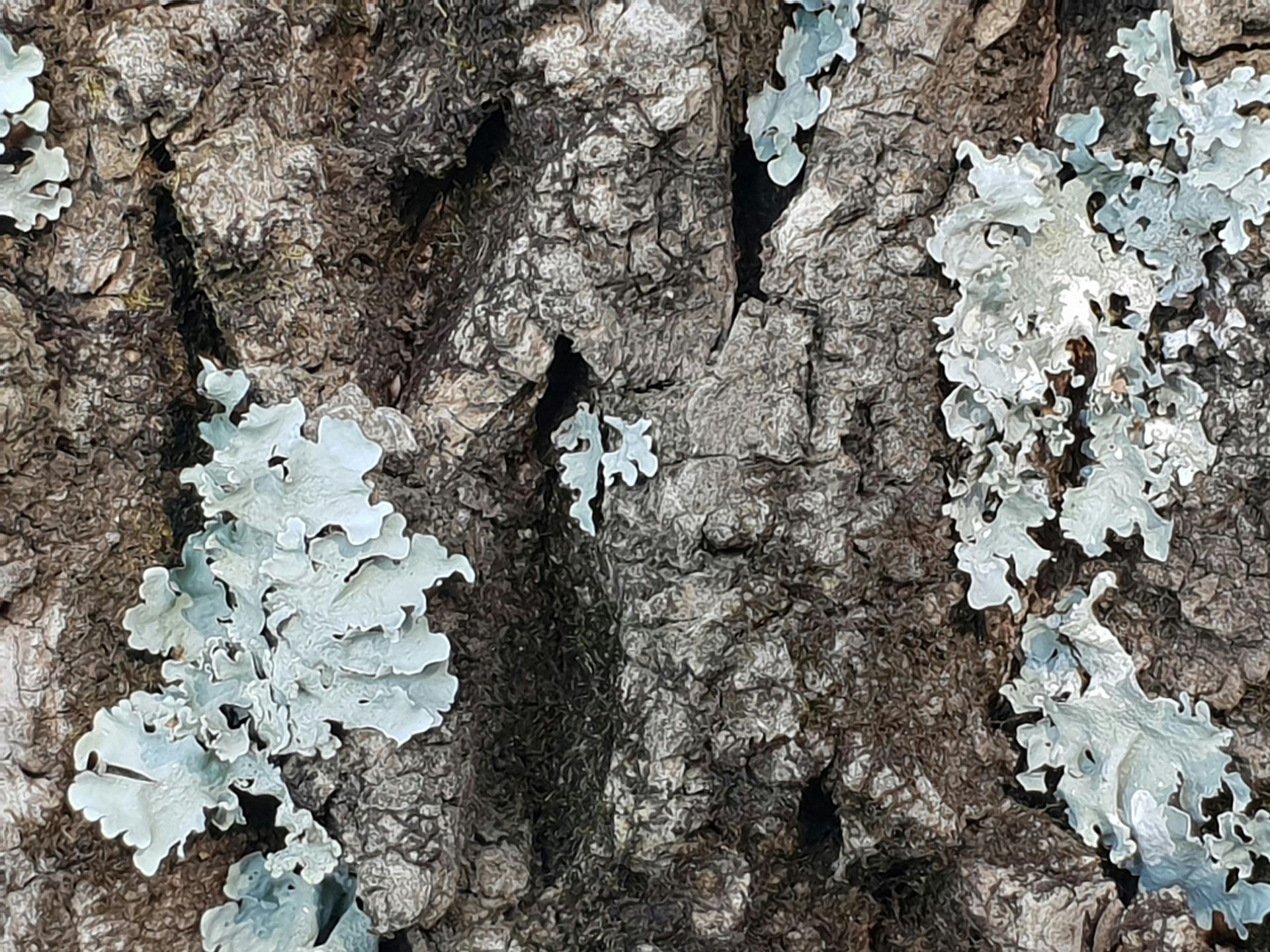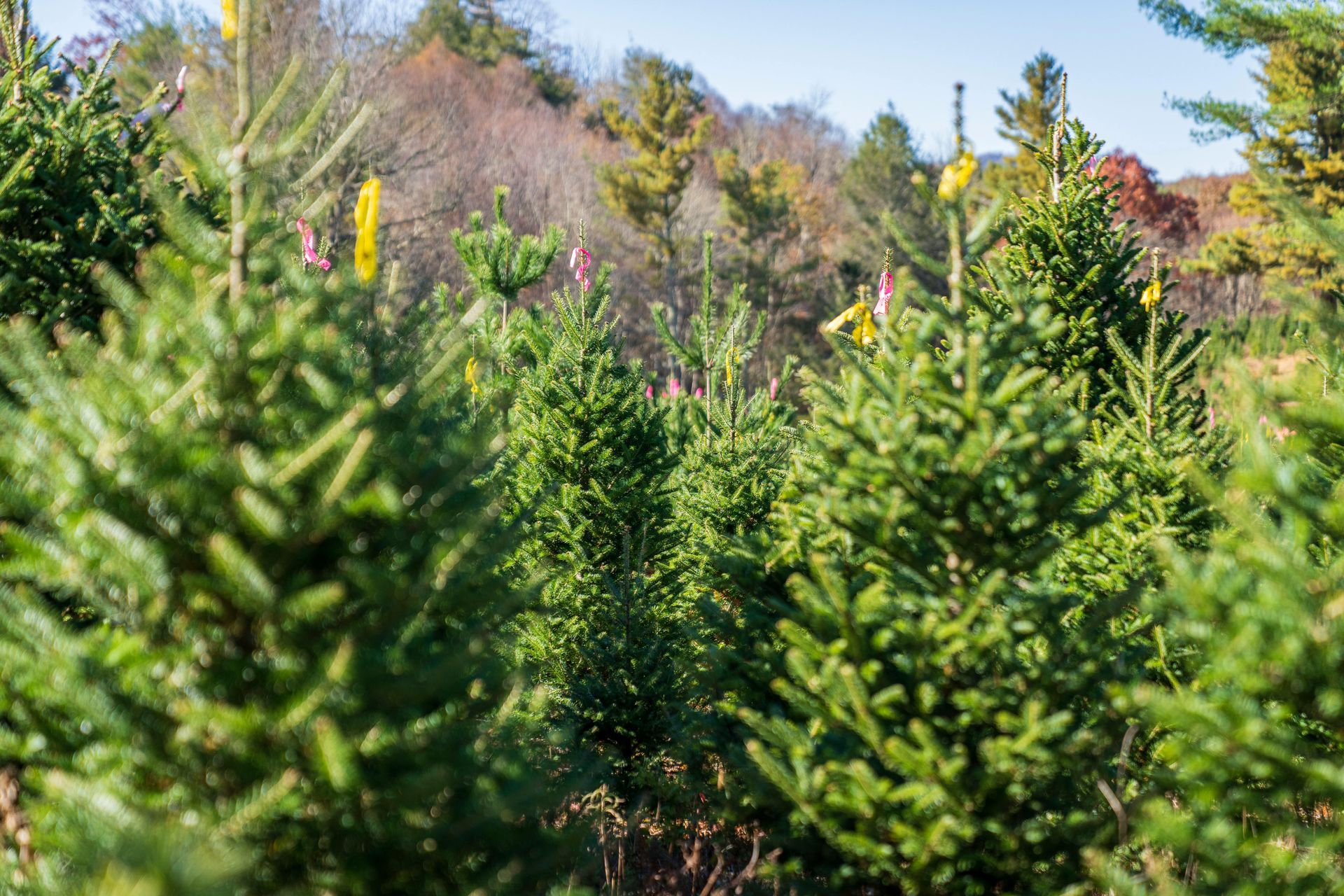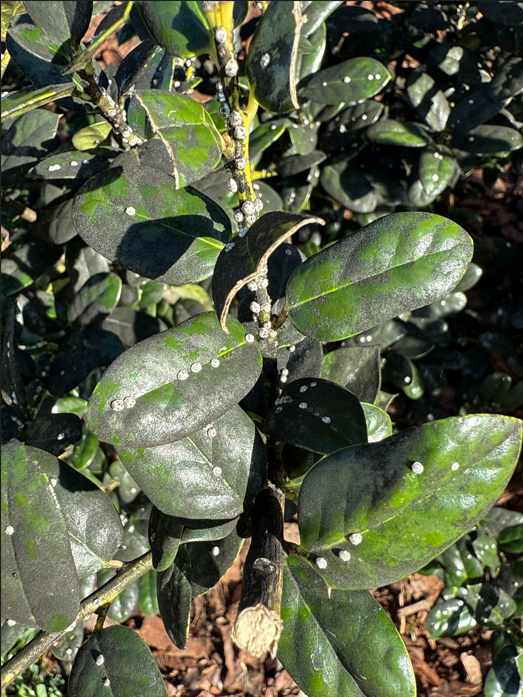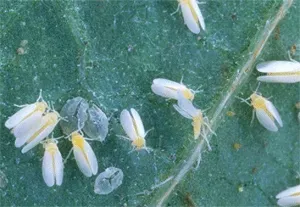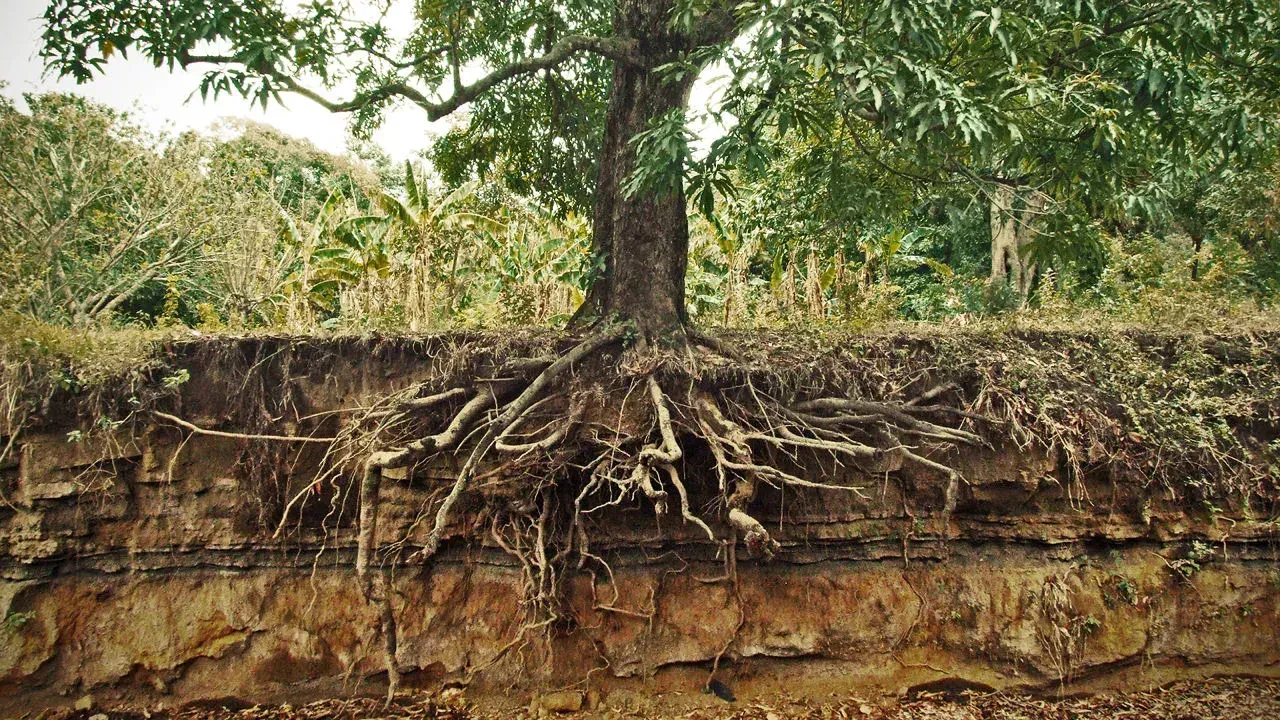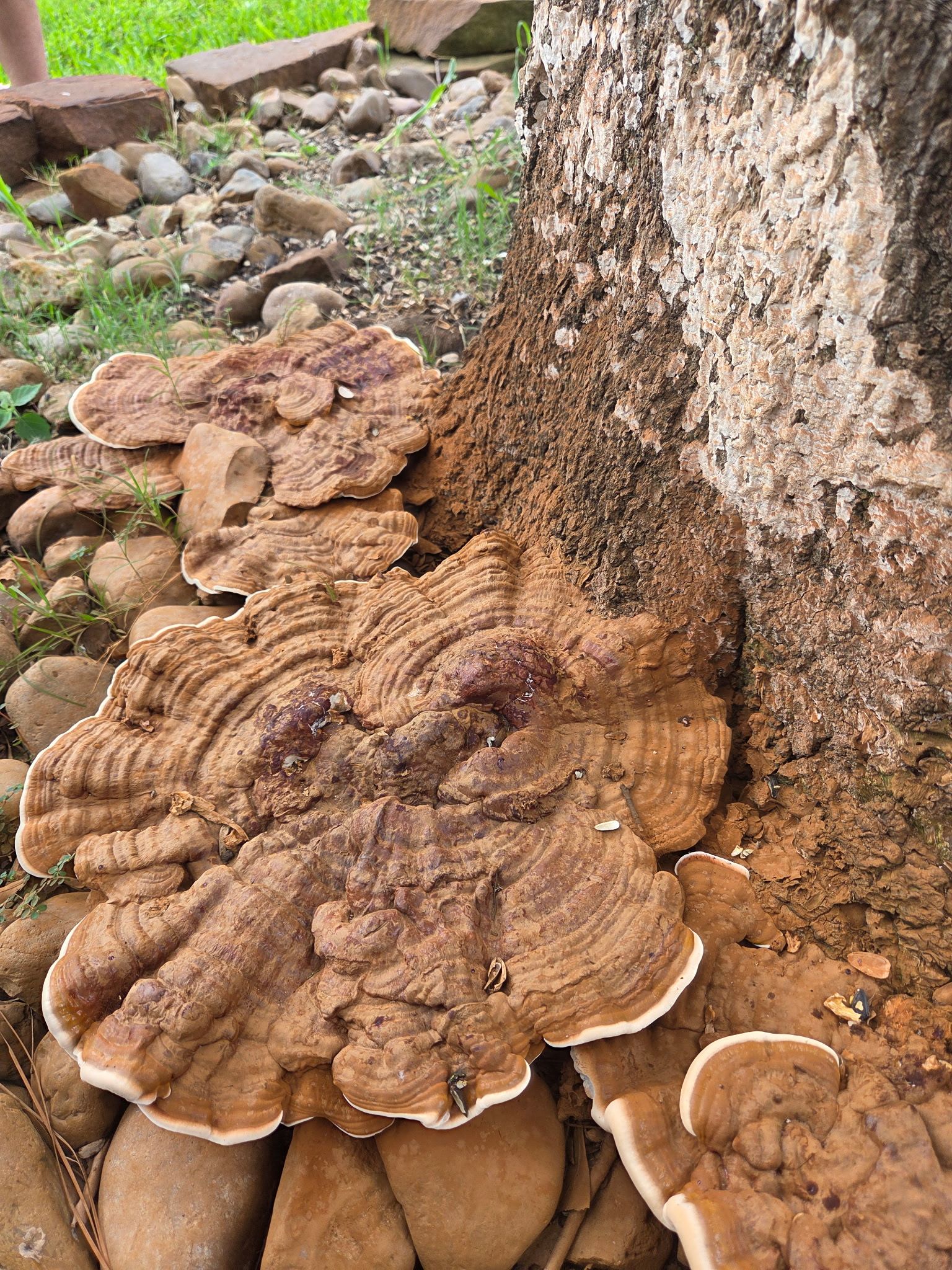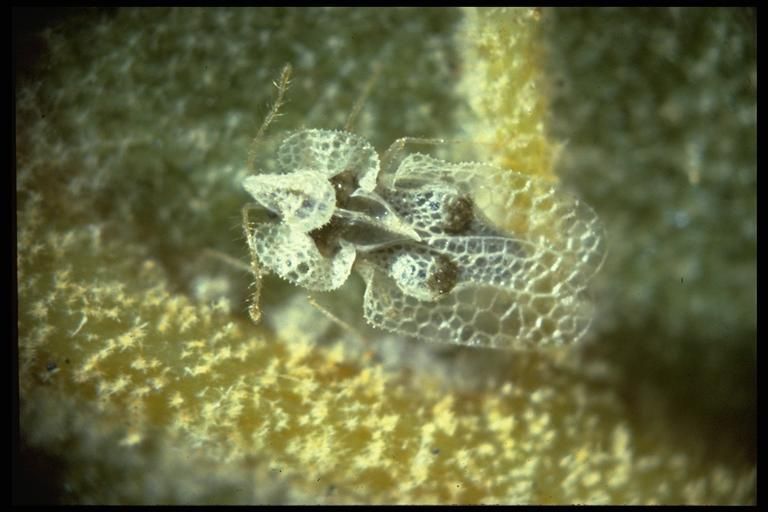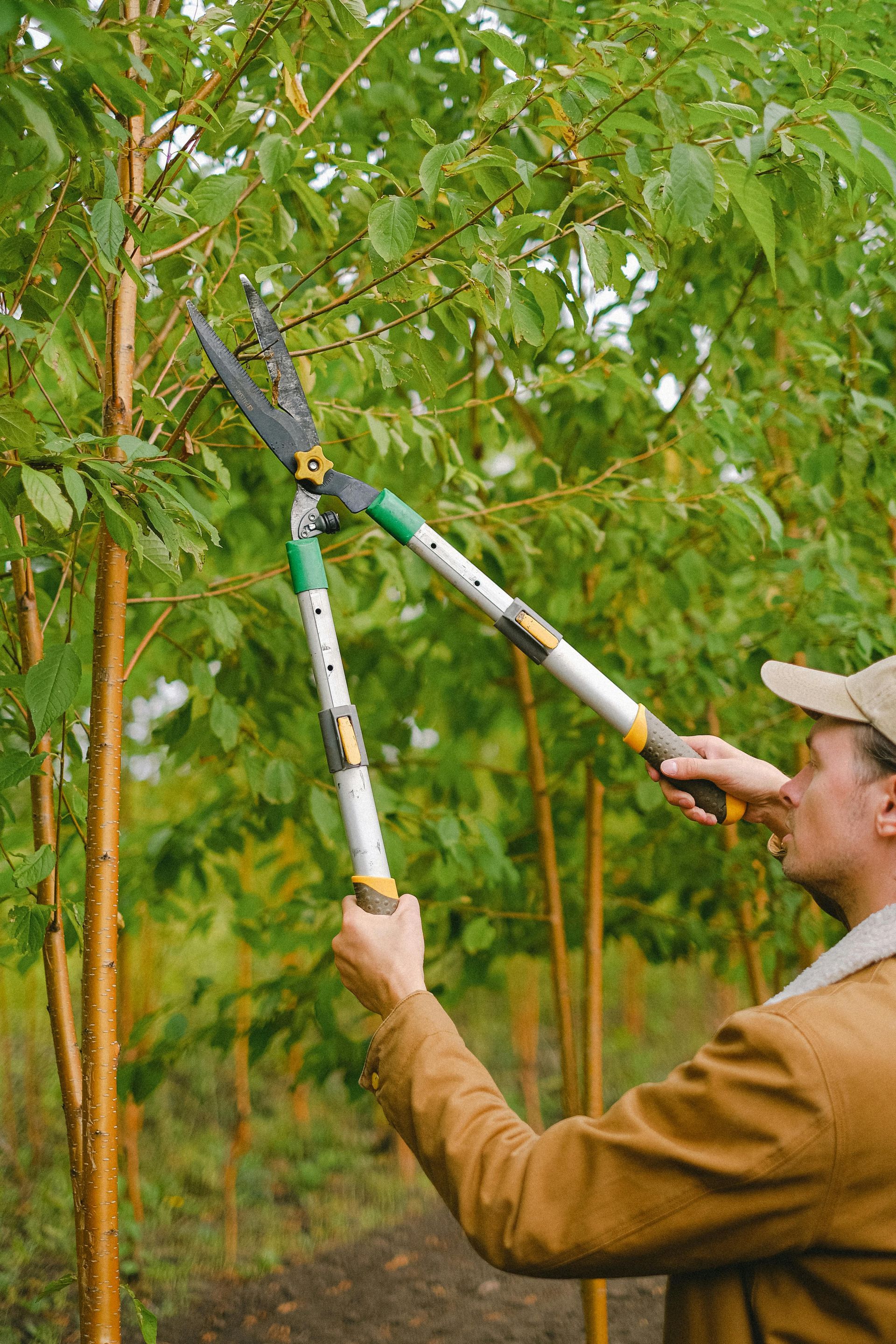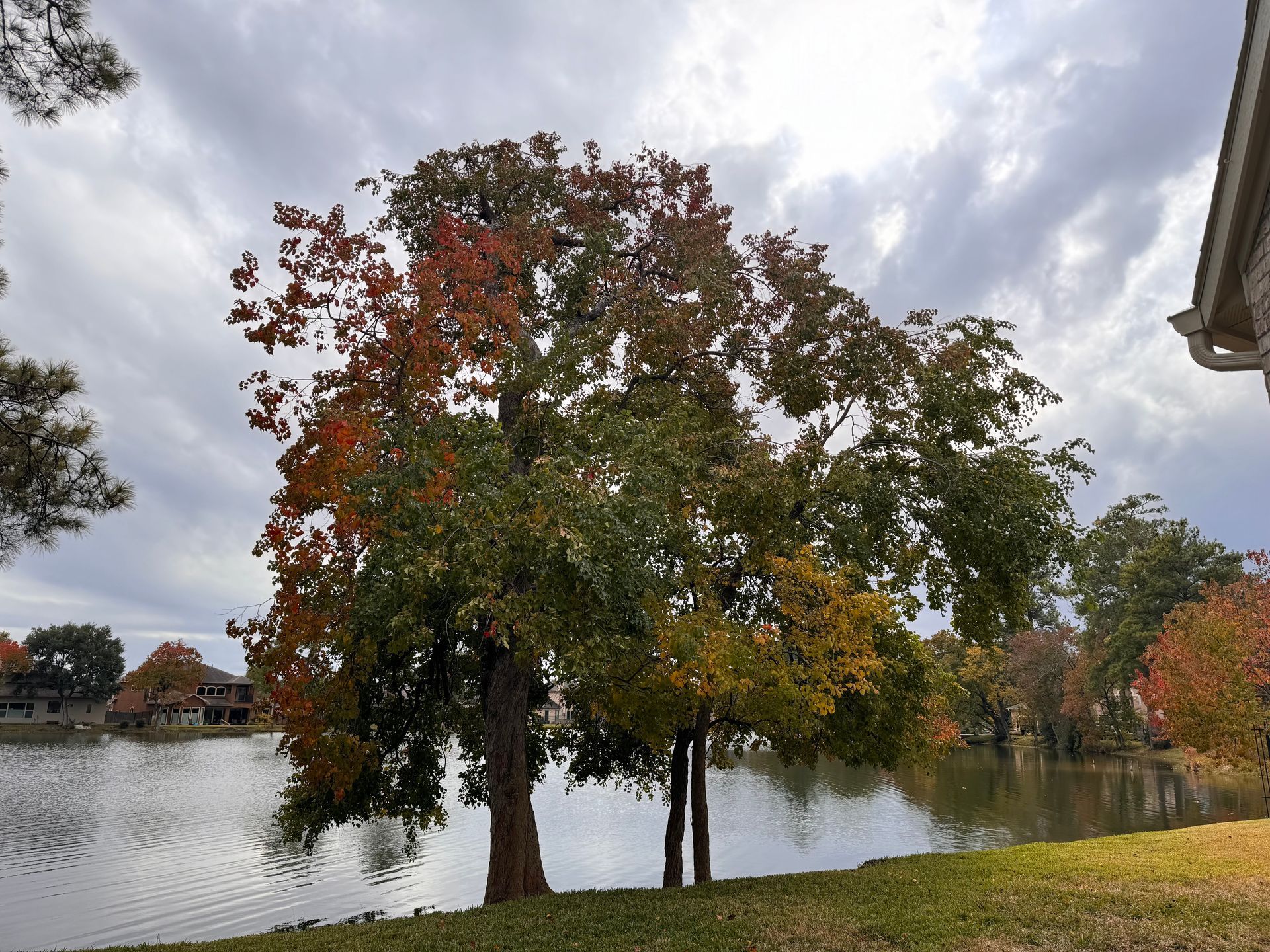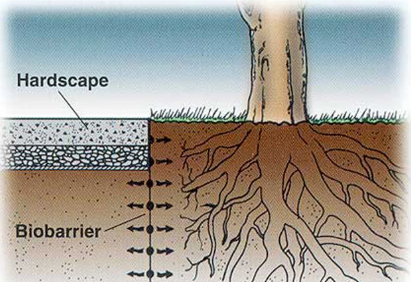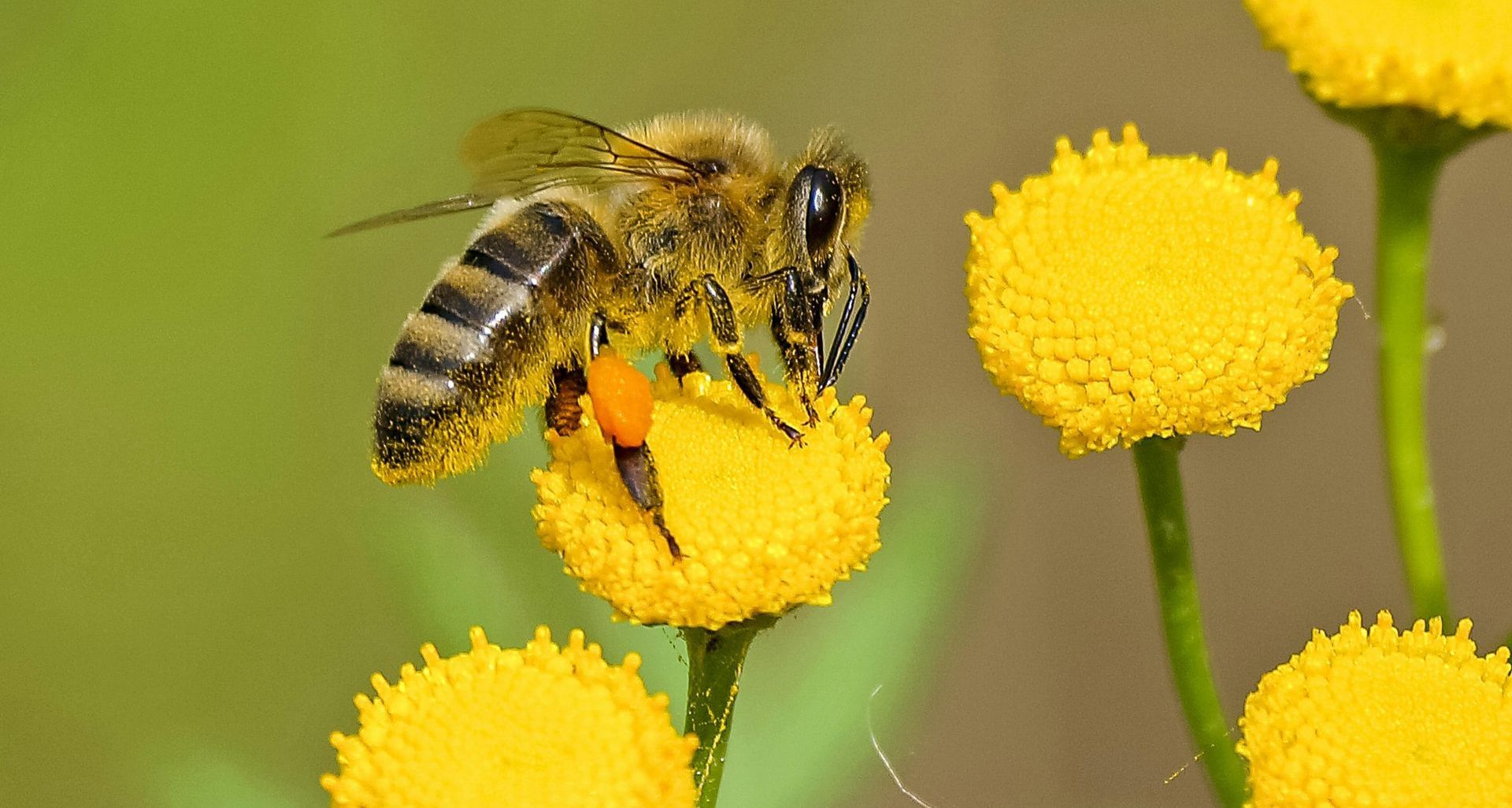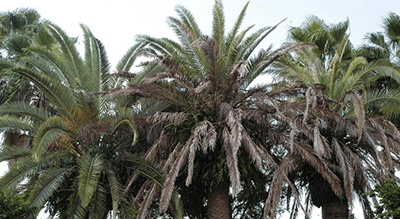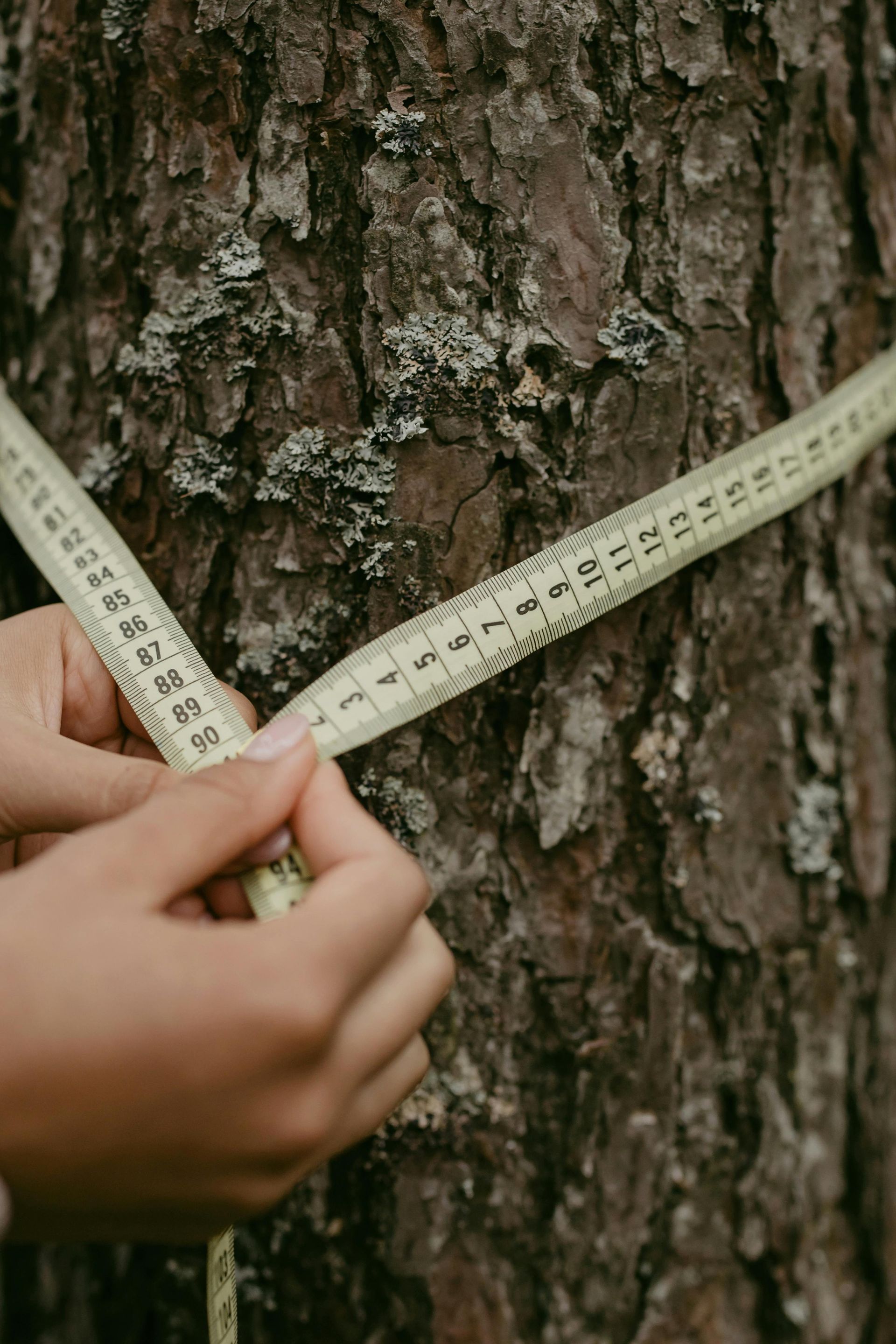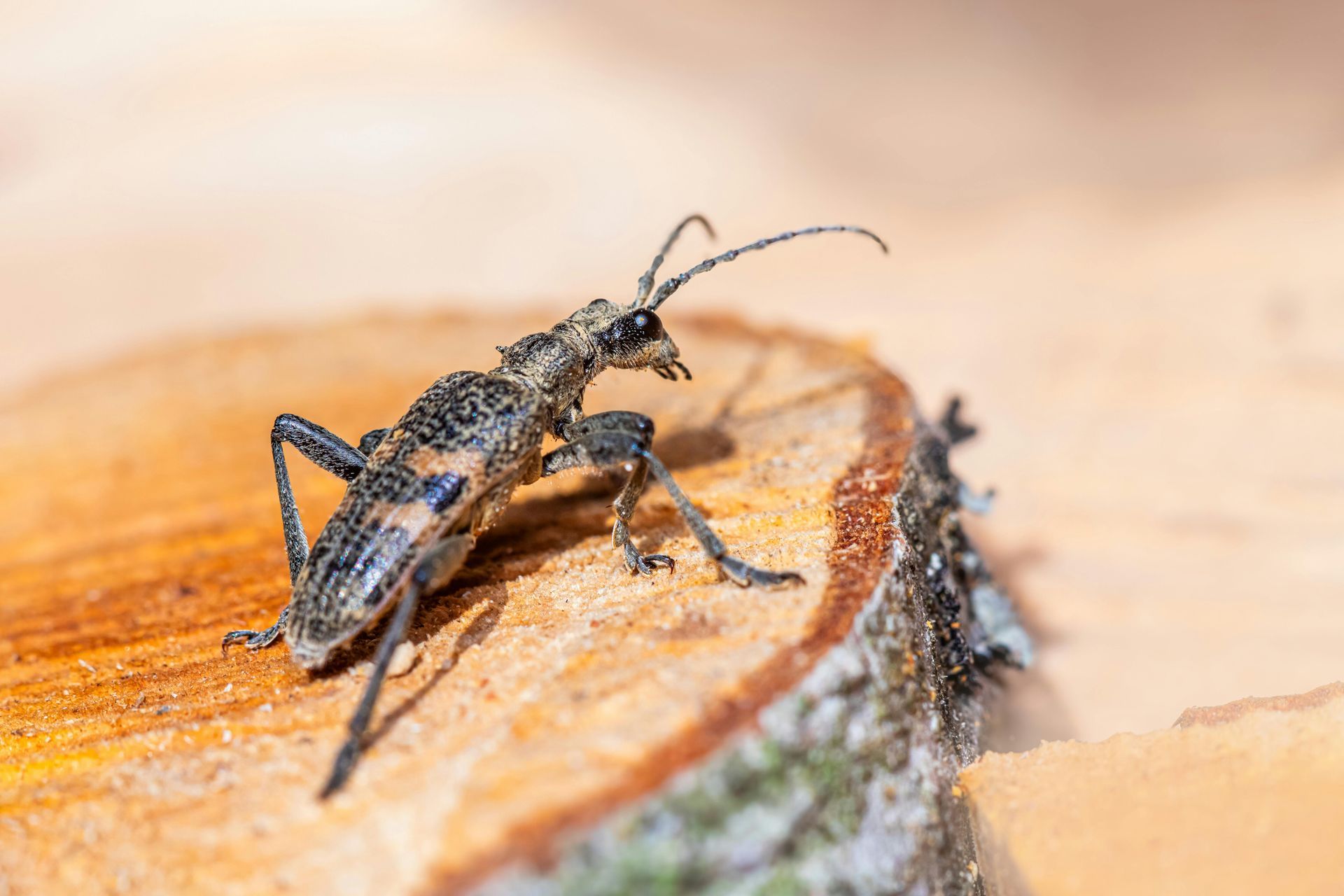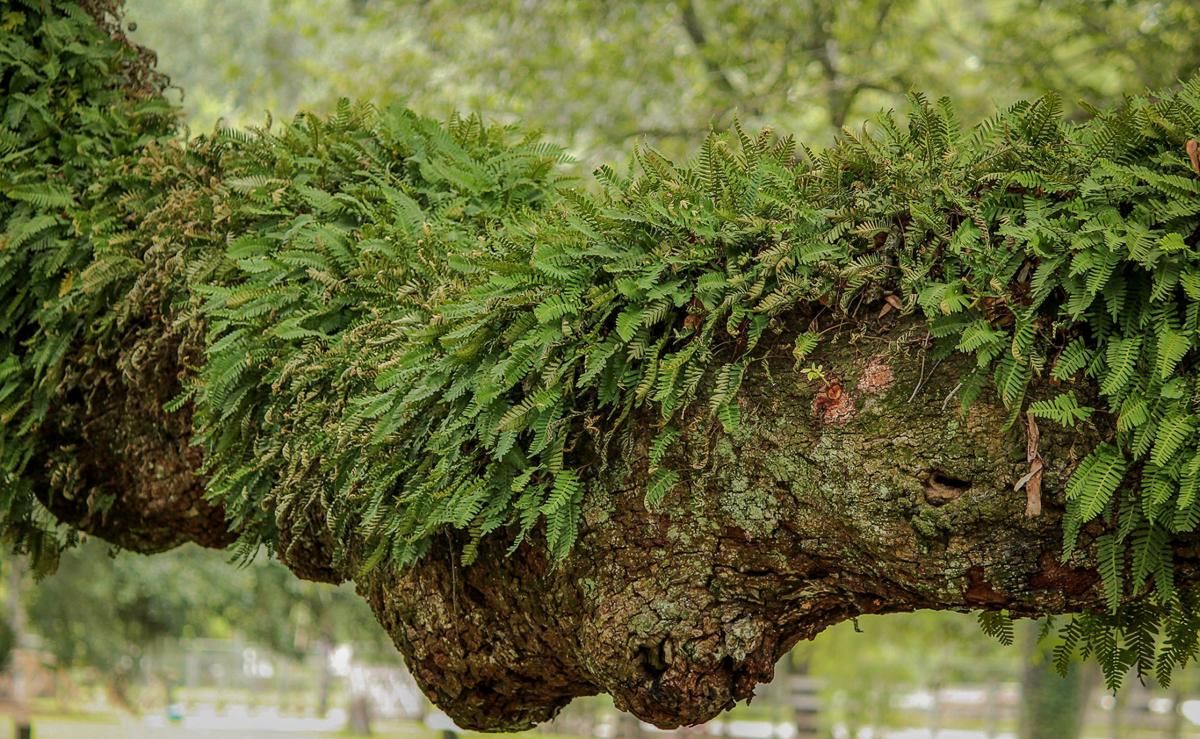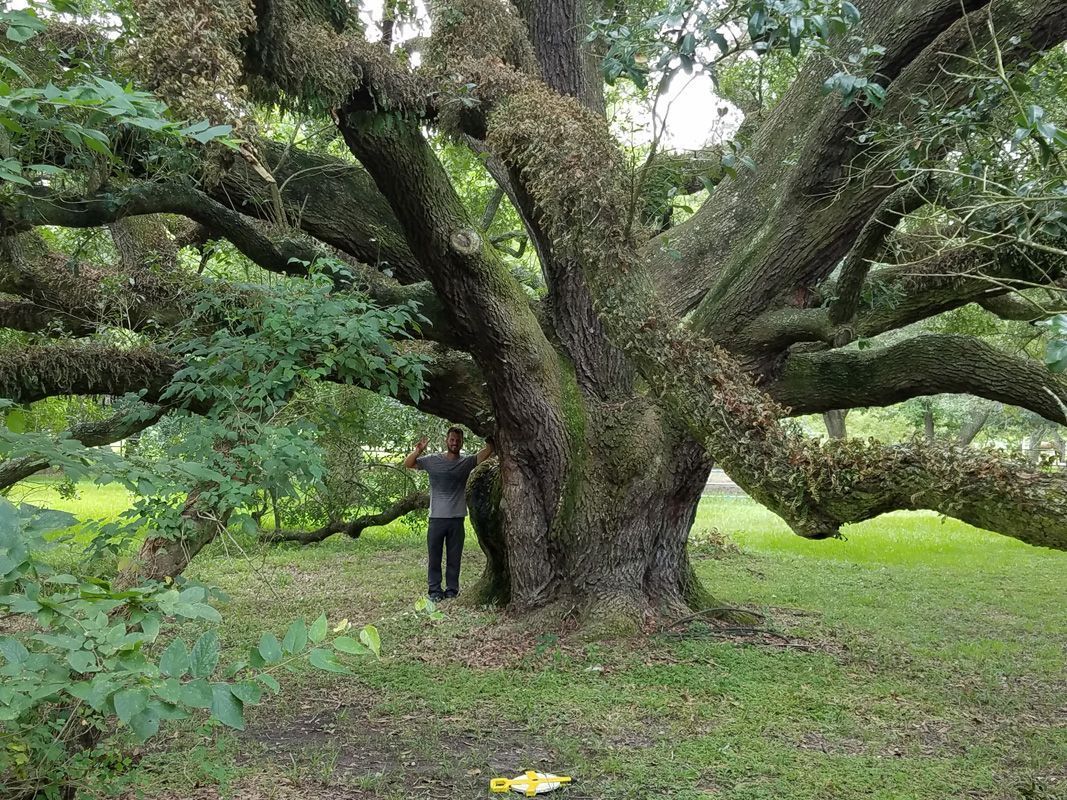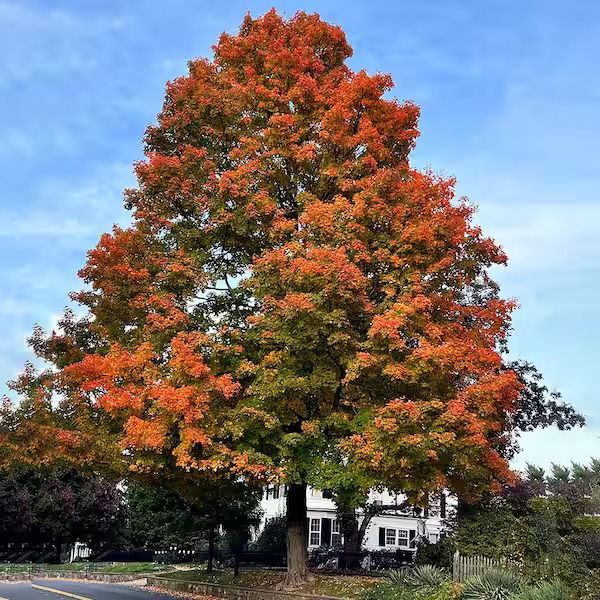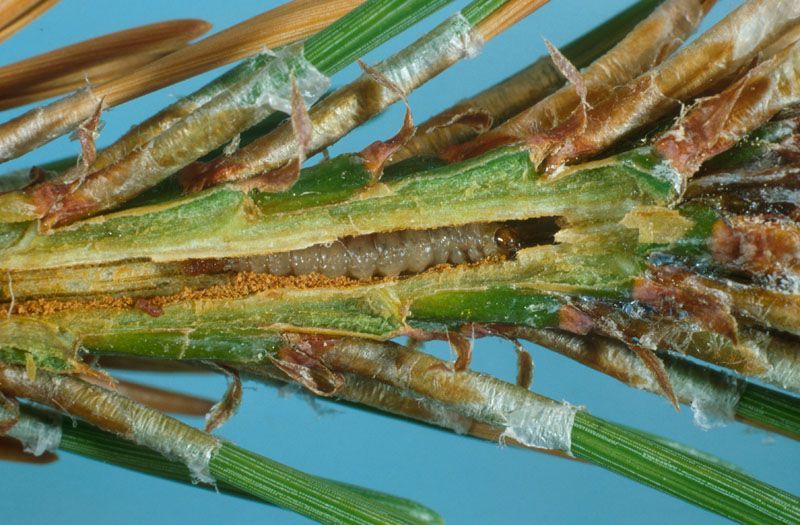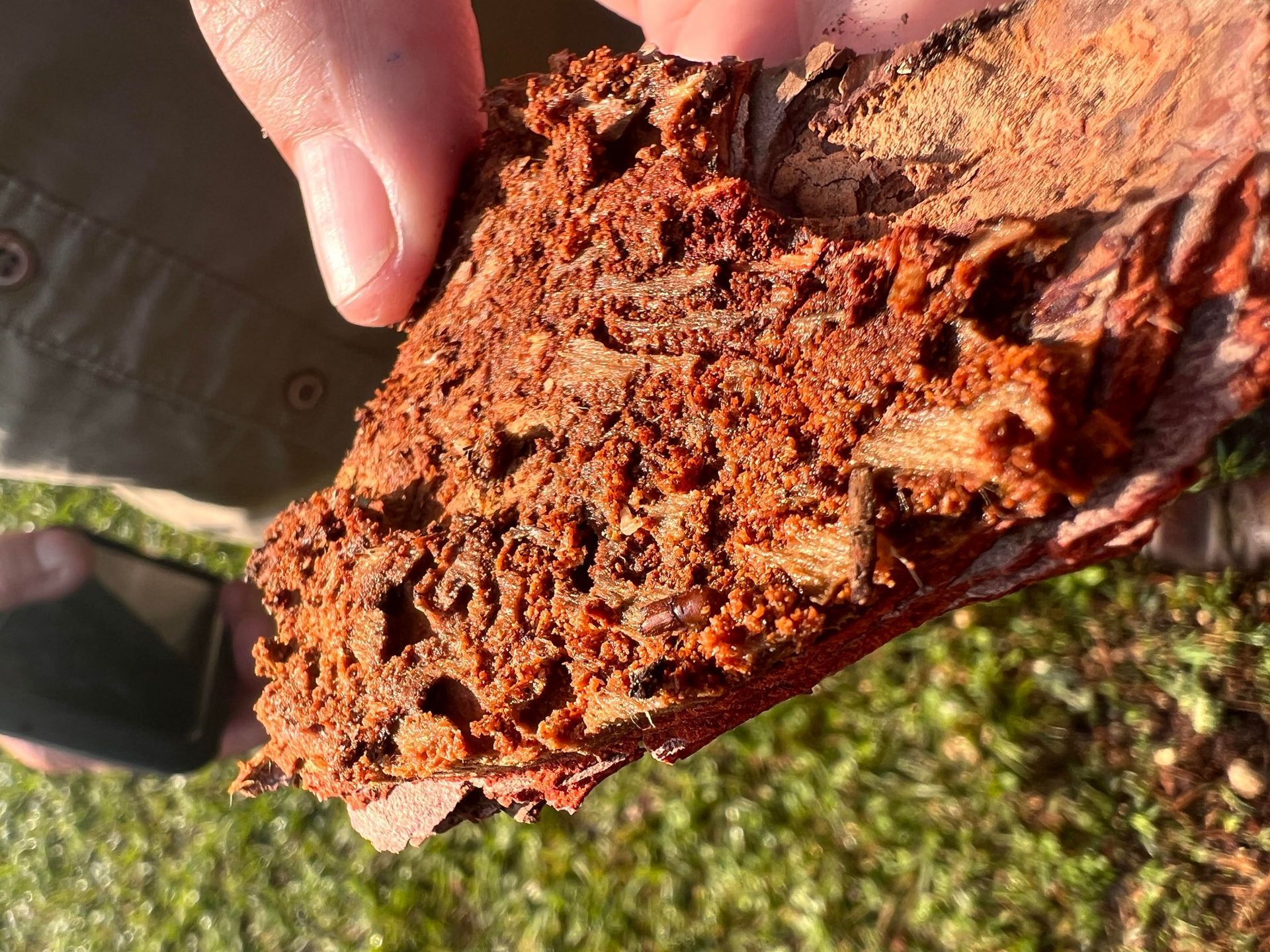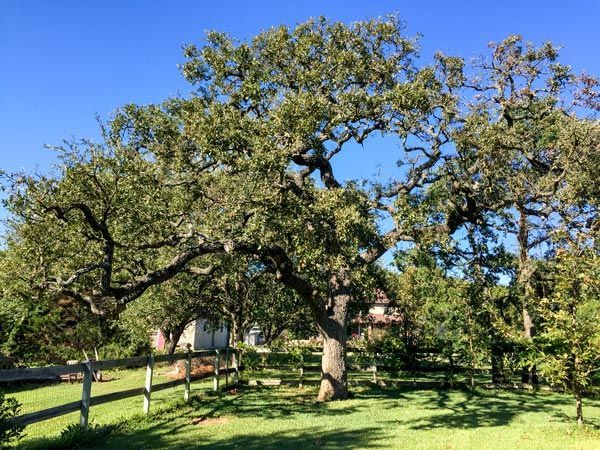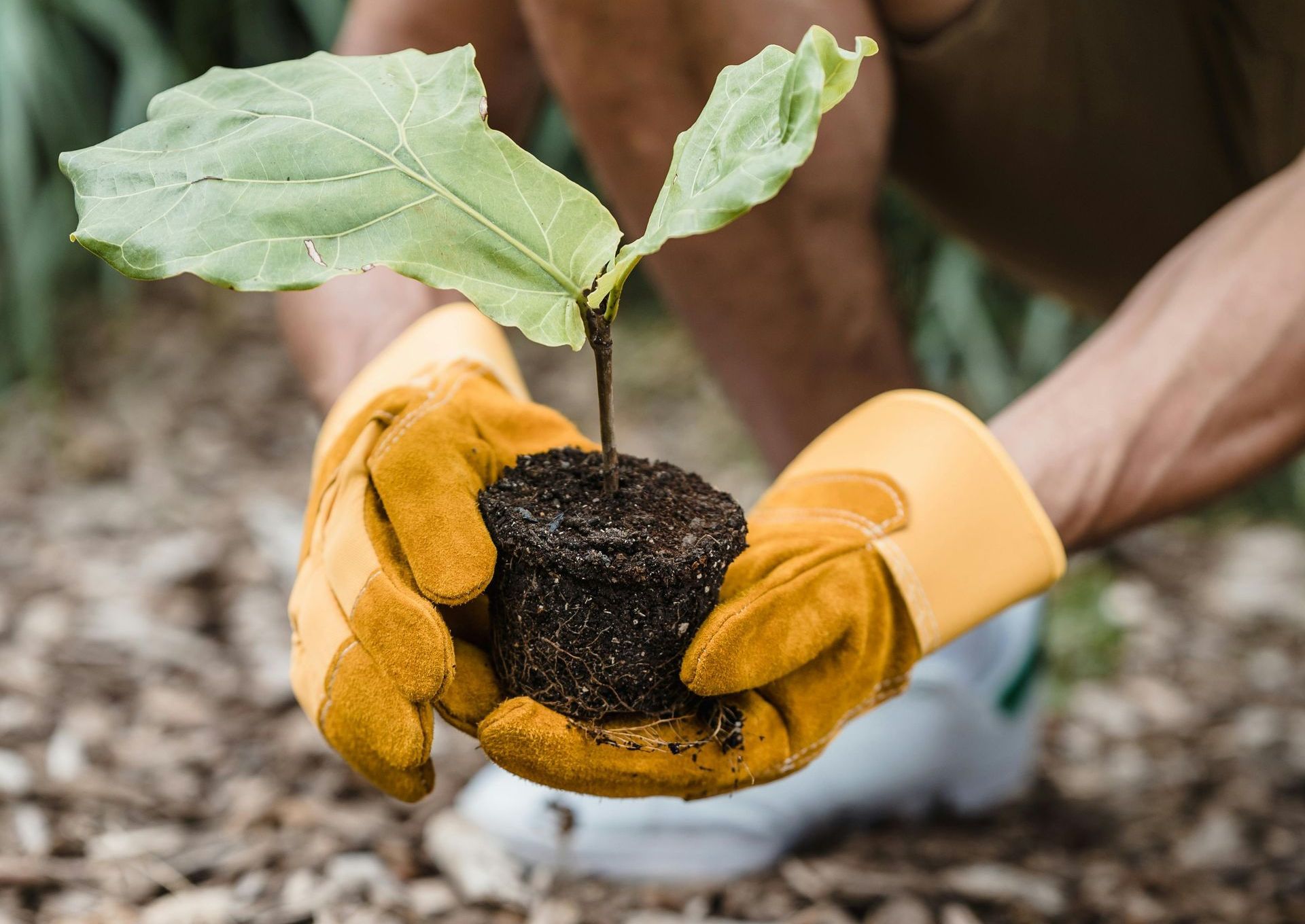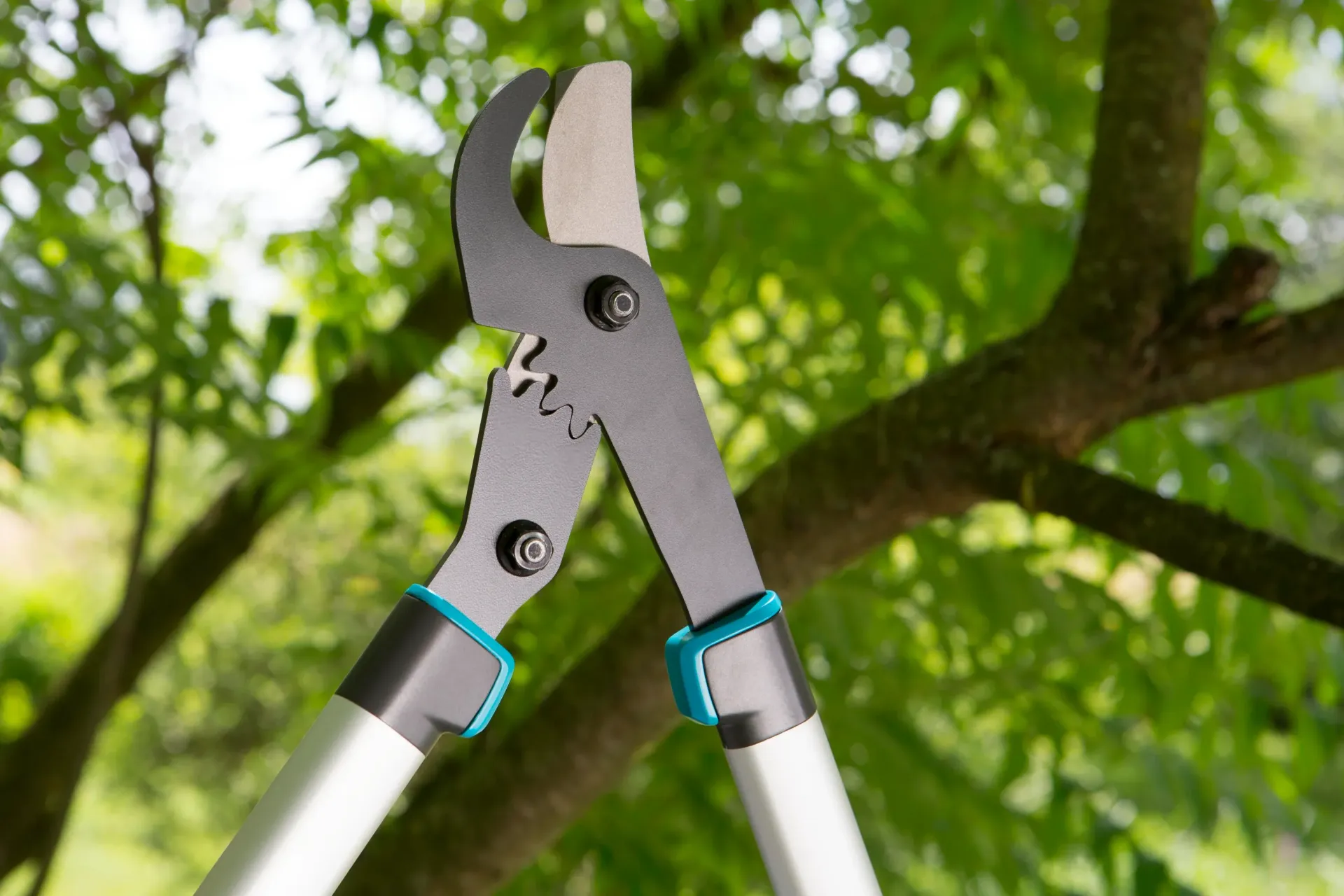Liriope’s Muse: Tree Care Tips from a Master Arborist
TRUSTED TREE CARE SERVICES SINCE 1970
Liriope's Muse: You've most likely been lied to about the PH of your soil.

There are many tree conditions that present similar to a PH (Potential for Hydrogen) imbalance. Some include herbicide damage, fungal damage, a hormonal imbalance, and even yellowing leaves. But most commonly, an arborist may see yellowing leaves and diagnose the tree with a PH issue. Yellowing leaves can be caused by a number of things, generally it is due to a nutrient lock-out problem as a result of herbicide damage or other biotic factors. Not typically the PH of your soil. In fact, trees create and maintain the PH of their surrounding soil themselves.
Each tree has its own little hydrogen generators in the form of leaves. Through photosynthesis, the chloroplasts in the leaves split the water molecules. Releasing the oxygen(O2) as a byproduct and taking in around 90% of the hydrogen. This hydrogen(H2) combines with carbon dioxide(CO2) to form the essential sugars for the tree, and the other 10% is transported through the stem and expelled through the roots. Plants are constantly going through photosynthesis, so the roots are constantly off putting hydrogen into the soil creating the soil's unique PH.
It is not uncommon for trees to be exposed to temporary PH-changing chemicals multiple times in their lifespans such as run off from construction activities, like paint and sheetrock (or gypsum powder) power washing chemicals (bleach and hydrochloric acid), but trees are resilient and can resolve and regulate most PH imbalances on their own. With the help of the soil’s natural buffering capacity. An unnatural or induced widespread soil PH imbalance can be very harmful to a tree’s health, as its roots have grown used to a certain PH level and changing this can send the tree into shock causing leaf necrosis or discolored spots, withered or twisted leaves, blossom end rot in fruit, overall stunted growth, and can even possibly lead to the death of the tree.
So the yellowing leaves on my tree aren’t solely due to a PH imbalance?
Like in most cases, we can eliminate by science certain ideas. A diagnosis should never be solely blamed on the PH, unless under certain circumstances where a tree has come into direct contact with toxic PH-changing chemicals, but this is only a temporary issue and a tree can usually resolve this on its own. Yellowing leaves can result from a multitude of health issues, which can stump any arborist who is not highly trained and experienced in what to look out for. So unfortunately in some cases, the yellowing of leaves can inaccurately be blamed on a PH imbalance. Typically when this diagnosis is made, the arborist will decide to use a PH changing solution like sulfur (to lower it) or lime (to raise it) and add a nitrogen fertilizer along with it to help the tree in the process. In a few days, the nitrogen fertilizer will have changed the leaves back to their green color and will make it appear healthier but this is only a temporary Band-Aid to the issue. After the tree has used this fertilizer it will begin yellowing again because the original issue has not been resolved. In fact, this process can actually be very detrimental to the tree's health as changing the PH of a tree that is already unhealthy can severely affect it if not kill it.
**This is not directed toward any one tree company or meant to put down our fellow arborists but rather it is just a common occurrence of misdiagnosis that we’ve experienced that has brought unnecessary harm to local trees and would like to inform our community about.
Liriope’s Muse - Expert Tree Care Tips
